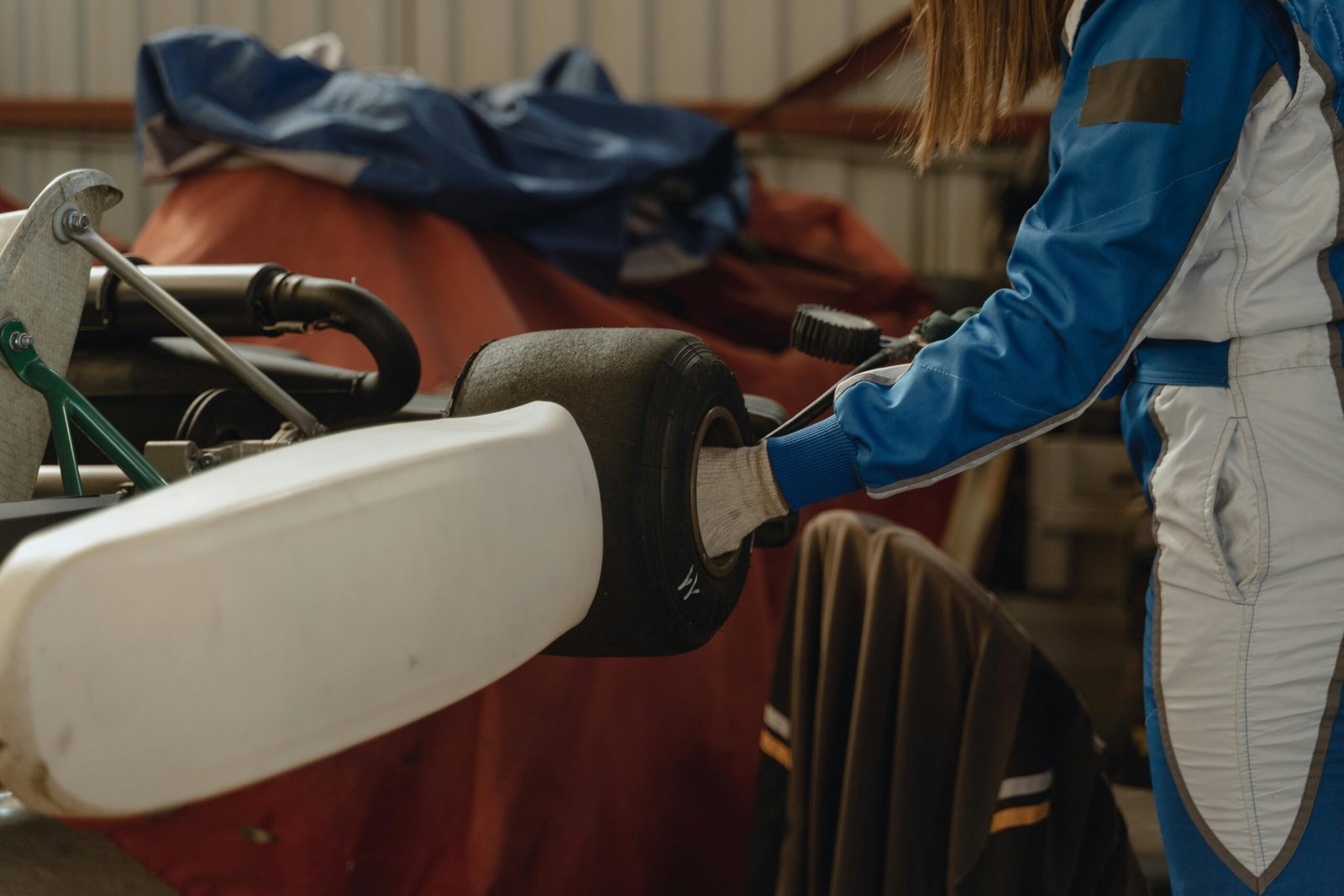Ensuring Your Dishwasher Lasts: Preventing Warping and Damage
Are you frustrated with your dishwasher constantly warping and causing damage to your dishes? By properly maintaining your dishwasher, you can prevent these issues and extend the lifespan of your appliance. Let’s explore some tips on how to keep your dishwasher in top condition to avoid warping and damage.

This image is property of images.pexels.com.
Regular Cleaning and Maintenance
Just like any other appliance, regular cleaning and maintenance are essential to keep your dishwasher running smoothly. By following a few simple steps, you can prevent warping and damage caused by neglecting your dishwasher’s upkeep.
Make sure to remove any food particles or debris from the dishwasher’s filter and spray arms regularly. This will prevent clogs and ensure that your dishwasher can effectively clean your dishes without putting additional strain on the appliance.
Cleaning the Filter
The filter of your dishwasher plays a crucial role in trapping food particles and debris to prevent them from recirculating onto your dishes. Over time, the filter can become clogged, leading to reduced performance and potential damage to your dishwasher.
To clean the filter, simply remove it according to the manufacturer’s instructions and rinse it under warm water to remove any buildup. Make sure to check the filter for any visible debris or residue that may be hindering its effectiveness.
Checking the Spray Arms
The spray arms in your dishwasher are responsible for distributing water evenly to clean your dishes effectively. If the spray arms become clogged or damaged, it can lead to poor cleaning performance and potential warping of your dishes.
Inspect the spray arms regularly to ensure that they are free of debris and spinning properly. If you notice any blockages, carefully remove them with a toothpick or small brush to prevent damage to your dishwasher and dishes.
Proper Loading Techniques
Improperly loading your dishwasher can lead to dishes becoming misaligned or stacked too closely together, resulting in warping and damage during the wash cycle. By following some simple loading techniques, you can prevent this issue and keep your dishes looking like new.
Avoid Overloading
One of the most common mistakes when loading a dishwasher is overloading it with too many dishes. This can prevent proper water circulation and lead to dishes rubbing against each other, causing warping and damage in the process.
Make sure to leave enough space between dishes to allow water to reach all surfaces for effective cleaning. Follow the manufacturer’s guidelines for loading capacity to prevent overloading your dishwasher and avoid damaging your dishes.
Proper Rack Placement
Placing dishes in the dishwasher racks incorrectly can also contribute to warping and damage. Make sure to arrange dishes in a way that allows water to reach all surfaces evenly and prevents them from moving around during the wash cycle.
Avoid stacking dishes on top of each other or placing them at odd angles that can cause them to rub against one another. Utilize the designated compartments in the dishwasher racks to keep dishes separated and secure during the cleaning process.

This image is property of images.pexels.com.
Using the Right Detergent and Rinse Aid
The type of detergent and rinse aid you use in your dishwasher can also impact its performance and the condition of your dishes. Choosing the right products and using them correctly can help prevent warping and damage caused by improper cleaning agents.
Selecting the Right Detergent
Not all dishwashing detergents are created equal, and using the wrong type can lead to poor cleaning performance and potential damage to your dishes. Make sure to choose a detergent specifically formulated for use in dishwashers to ensure optimal results.
Check the manufacturer’s recommendations for the best detergent to use in your dishwasher, taking into account factors such as water hardness and the type of dishes you are washing. Avoid using hand dishwashing liquids or powders, as they may not be suitable for use in dishwashers and can cause damage over time.
Using Rinse Aid
Rinse aid is a helpful additive that can improve the drying performance of your dishwasher and help prevent water spots and streaks on your dishes. By using rinse aid in combination with the right detergent, you can keep your dishes looking clean and prevent warping caused by excessive moisture.
Make sure to refill the rinse aid dispenser in your dishwasher regularly to ensure consistent results. Adjust the settings according to your water hardness levels and the type of dishes you are washing to achieve the best drying performance and prevent damage to your dishes.
Ensuring Proper Water Temperature
The water temperature in your dishwasher plays a crucial role in effectively cleaning your dishes and preventing warping and damage. By maintaining the right temperature settings and using hot water for each cycle, you can ensure that your dishes come out clean and free from damage.
Checking Water Heater Settings
To prevent warping and damage to your dishes, make sure that your water heater is set to the appropriate temperature for running your dishwasher. Most dishwashers require hot water with a temperature of around 120-140°F (49-60°C) to effectively clean dishes and prevent residue buildup.
Check the temperature settings on your water heater and adjust them if necessary to ensure that your dishwasher is receiving the right temperature water for optimal cleaning performance. Avoid using cold or lukewarm water, as it may not be sufficient to clean your dishes effectively and could result in damage over time.
Running Hot Water Before Starting a Cycle
To ensure that your dishwasher starts with hot water for each cycle, run the hot water tap in your kitchen sink until the water feels hot to the touch. This will help to flush out any cold water sitting in the pipes and ensure that your dishwasher receives hot water from the beginning of the wash cycle.
By preheating the water before starting a dishwasher cycle, you can improve cleaning performance and prevent warping and damage to your dishes. Make it a habit to run the hot water tap before each load to maintain the right water temperature and keep your dishes looking like new.

This image is property of images.pexels.com.
Monitoring for Signs of Warping and Damage
Even with proper maintenance and care, your dishwasher may still experience warping and damage over time due to wear and tear. By monitoring for signs of potential issues and addressing them promptly, you can prevent further damage and extend the lifespan of your appliance.
Inspecting Dishes for Warping
After running a dishwasher cycle, inspect your dishes for any signs of warping or damage caused during the wash process. Look for plates and bowls that have become misshapen or warped, as this could indicate issues with the dishwasher’s cleaning performance or load distribution.
If you notice any dishes that have warped, try to identify the cause and adjust your loading techniques or detergent usage accordingly. Avoid using damaged dishes in future cycles to prevent further warping and consider replacing them if necessary to maintain the quality of your dinnerware.
Checking for Leaks and Cracks
Regularly inspect your dishwasher for any leaks or cracks that may indicate underlying issues with the appliance. Look for water pooling around the base of the dishwasher or signs of moisture inside the unit, which could indicate a leak in the hoses or seals.
If you notice any leaks or cracks in your dishwasher, turn off the appliance and contact a professional technician to assess the situation. Ignoring leaks can lead to water damage and potential warping of your dishes, so it’s essential to address these issues promptly to prevent further damage.
Consulting a Professional Technician
If you experience persistent issues with warping or damage in your dishwasher, it may be time to consult a professional technician for a thorough inspection and diagnosis. A trained expert can identify the root cause of the problem and recommend solutions to prevent further damage and extend the lifespan of your appliance.
Scheduling Regular Maintenance Checks
To keep your dishwasher in top condition and prevent warping and damage, consider scheduling regular maintenance checks with a qualified technician. They can inspect your dishwasher for any underlying issues, such as faulty seals or worn-out components, and perform necessary repairs to keep your appliance running smoothly.
By proactively addressing maintenance issues and seeking professional help when needed, you can prevent warping and damage in your dishwasher and enjoy clean, spotless dishes for years to come. Invest in regular maintenance to protect your appliance and extend its lifespan, saving you time and money in the long run.
In conclusion, maintaining your dishwasher to prevent warping and damage requires a combination of regular cleaning, proper loading techniques, and using the right detergents and rinse aids. By following these tips and monitoring for signs of potential issues, you can keep your dishwasher in top condition and avoid damage to your dishes. Remember to consult a professional technician if you experience persistent problems with warping or damage to ensure the optimal performance and longevity of your appliance.
